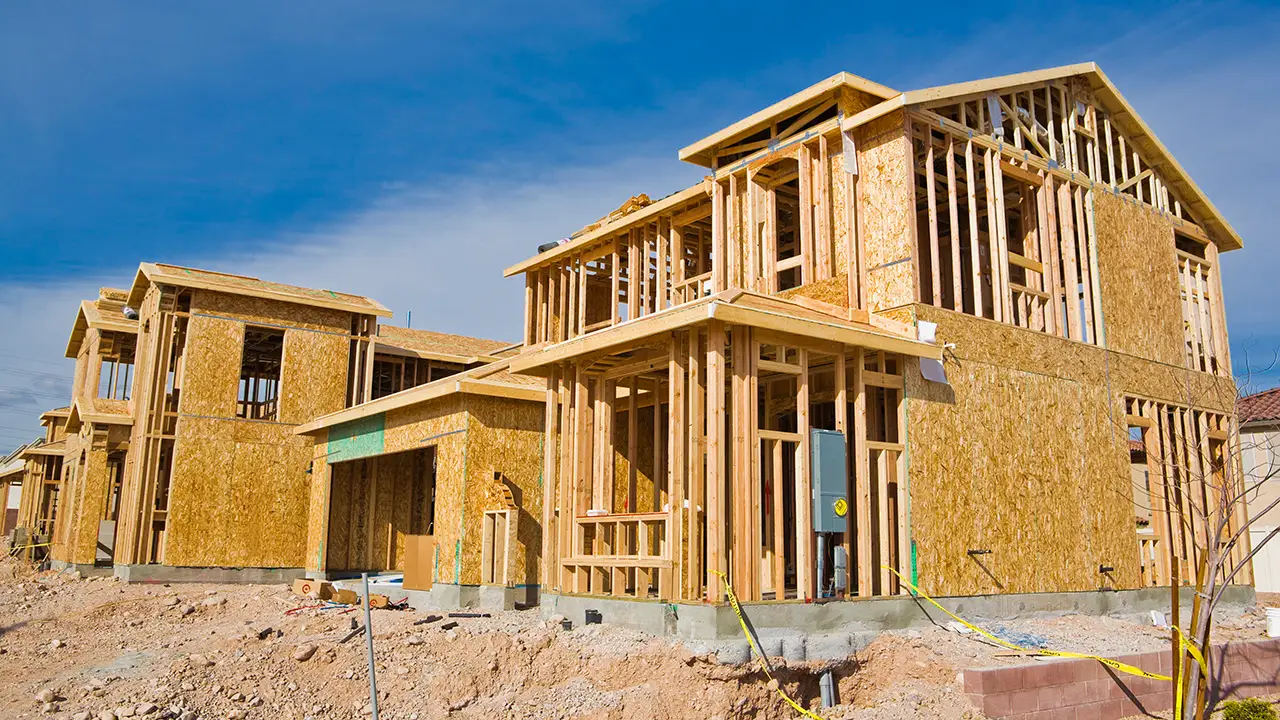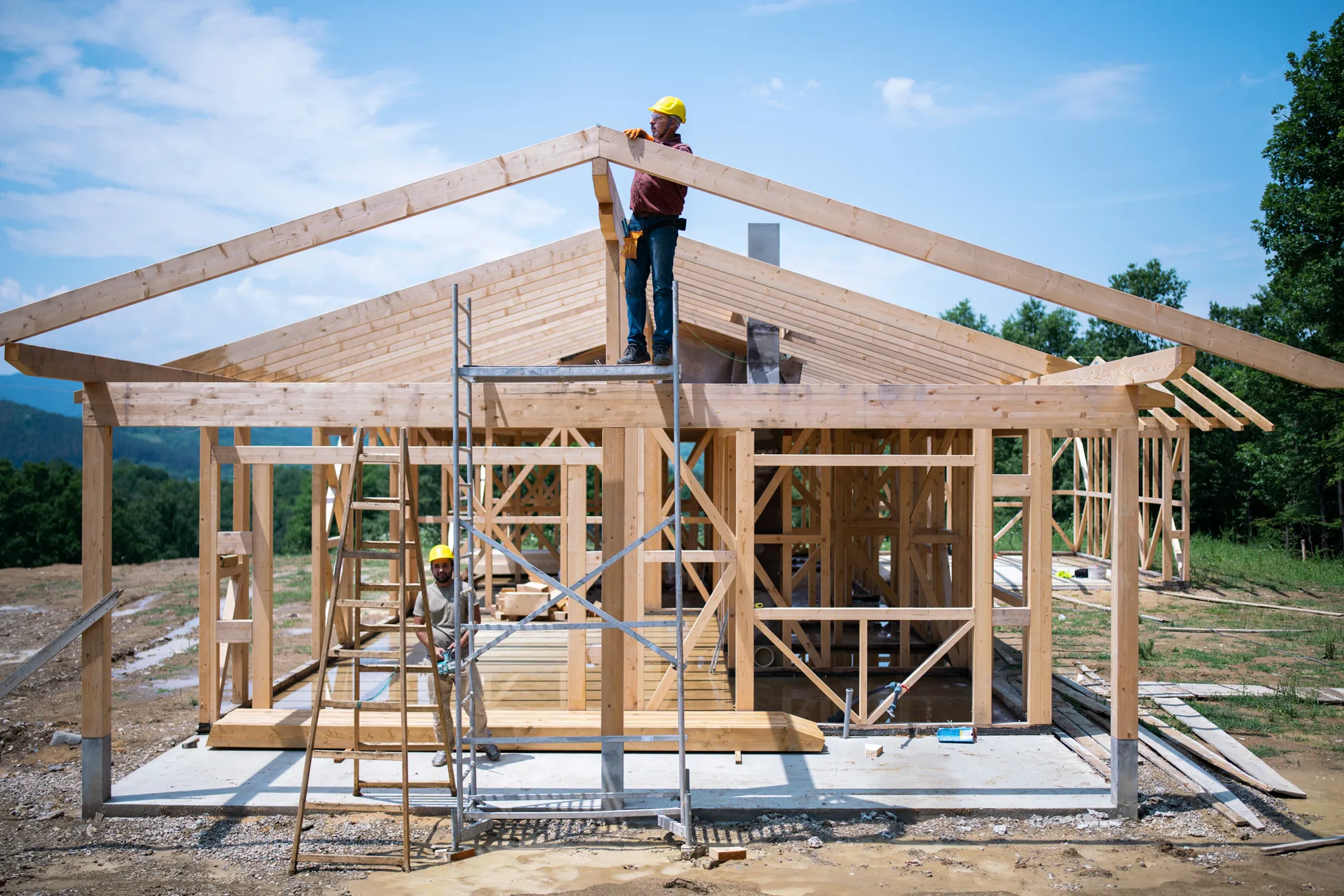Specialist Bathroom Remodeling Indiana for a Luxurious and Modern Look
Specialist Bathroom Remodeling Indiana for a Luxurious and Modern Look
Blog Article
Just How a General Professional Can Change Your Common Areas Into Useful Spaces
The transformation of usual locations into functional spaces is a nuanced process that calls for a basic professional's proficiency in examining particular community requirements and making customized services. By considering elements such as layout, access, and aesthetic charm, a specialist can develop settings that not only serve useful functions but likewise foster area involvement. Via reliable job monitoring and adherence to quality requirements, these improvements can significantly boost user experience. The ins and outs included in stabilizing style and performance increase important inquiries about ideal practices and prospective obstacles that benefit further expedition (Kitchen Remodeling Indiana).
Assessing Current Common Area Demands
When examining common areas, it is important to recognize and recognize the details needs of the community they serve. This procedure starts with a detailed evaluation of existing usage patterns, which includes event information walking traffic, height usage times, and activities taking area within these areas. Involving with community members with conferences or studies can give valuable insights right into their choices and obstacles.
Next, it is essential to consider the group composition of the area, consisting of age, way of living, and any kind of special demands that might influence how these areas are used. For circumstances, households with young kids might call for backyard, while older adults might prioritize access features.
Furthermore, reviewing the existing infrastructure and features is essential. Recognizing locations that are underutilized or in need of repair service can notify possible renovations. Collaborating with stakeholders, such as residential or commercial property managers and local organizations, guarantees that the evaluation reflects a thorough understanding of the area's demands.
Ultimately, a careful examination of current typical location needs prepares for efficient transformations, permitting the development of rooms that foster engagement and boost the general lifestyle within the area.
Designing for Functionality and Appearance
An extensive understanding of neighborhood needs establishes the stage for reliable design that balances capability and aesthetics in common locations. Effective style calls for a thoughtful approach that takes into consideration both the practical usages of the space and the visual charm that enhances the environment.
Useful style entails creating areas that cater to the specific tasks and interactions of the neighborhood. This may consist of flexible seating arrangements for celebrations, obtainable pathways for individuals with flexibility difficulties, or designated areas for recreational activities. Each component should serve a function while guaranteeing simplicity of motion and convenience for users.
Appearances play a critical role in promoting an inviting environment. The option of colors, products, and lighting can dramatically influence the assumption of a space. Integrating natural environments, such as plant or water attributes, can enhance the atmosphere and develop a calming atmosphere. In addition, aligning the style with the community's cultural identity can promote a feeling of belonging and pride.
Budgeting and Source Allotment
Reliable budgeting and resource allocation are important parts in the successful change of usual locations. A well-defined spending plan lays out the monetary specifications within which the job need to operate, making certain that costs are regulated and sources are successfully used. This begins with a complete assessment of task demands, consisting of layout components, products, and labor.

A general contractor plays an essential duty in this stage, working together with stakeholders to establish practical spending plan quotes that align with the desired vision. By focusing on important features and discovering economical alternatives, the service provider can enhance spending without endangering quality.
Source allowance entails purposefully assigning employees, devices, and products to different stages of the project (General Contractor Indiana). This calls web link for careful planning to stay clear of delays and make certain that each part is provided promptly. Furthermore, regular monitoring of expenditures versus the budget assists to identify possible overruns early, enabling timely changes
Handling Building And Construction Process Efficiently
Taking care of the construction process successfully is essential for achieving timely job completion and preserving budget plan honesty. A well-coordinated strategy entails meticulous planning, clear communication, and effective resource administration. General service providers must establish a detailed project timeline that outlines each phase of construction, enabling the identification of crucial milestones and potential bottlenecks.
Normal development meetings are important for keeping all stakeholders informed and straightened. These conferences assist in the timely resolution of concerns, site making sure that the job remains on track. Additionally, making use of task administration software application can streamline interaction, track progression, and handle documents, reducing the possibility of misunderstandings and hold-ups.
Reliable resource allotment is additionally extremely important. By making certain that products, labor, and devices are readily available when needed, general service providers can avoid costly disruptions. Executing an aggressive technique to risk monitoring additional boosts effectiveness, as it allows for the recognition and mitigation of possible challenges prior to they escalate.

Ensuring Compliance and Quality Criteria
Compliance and quality requirements are basic to the success of any building and construction project, making sure that the finished areas not just meet customer assumptions but likewise stick to regulatory needs. A general service provider plays a crucial duty in applying these criteria throughout the building process.
First, it is crucial for the professional to stay updated on regional building ordinance, safety and security policies, and market finest techniques. This knowledge enables them to direct style selections and product options that line up with conformity standards. Regular evaluations and high quality analyses throughout the building and construction stage aid to identify potential issues early, reducing costly delays and go to my site rework.
Furthermore, a trustworthy basic service provider cultivates a society of top quality amongst employees and subcontractors. This can be attained by supplying training on compliance procedures and executing strict quality control steps. By establishing clear interaction networks, the specialist can make sure that everybody included understands their responsibilities pertaining to conformity and high quality.
Final Thought
To conclude, the role of a basic specialist in transforming common locations right into functional rooms is crucial. With an extensive assessment of community needs, thoughtful style, meticulous budgeting, and effective task management, these professionals can produce settings that enhance functionality and aesthetic appeal. Adherence to conformity and high quality standards better guarantees that revitalized areas not only fulfill the expectations of stakeholders yet likewise foster involvement and enhance the overall experience for all individuals within the community.
The improvement of common locations into practical spaces is a nuanced process that calls for a general service provider's experience in evaluating details neighborhood demands and designing customized solutions. By thinking about variables such as layout, accessibility, and visual appeal, a specialist can develop environments that not just offer practical functions yet also foster area involvement. General contractors need to develop a detailed job timeline that details each stage of construction, enabling for the identification of prospective traffic jams and essential milestones.

Report this page